Maybe you’re a working photographer who feels stuck in a rut, or you’re just keen…
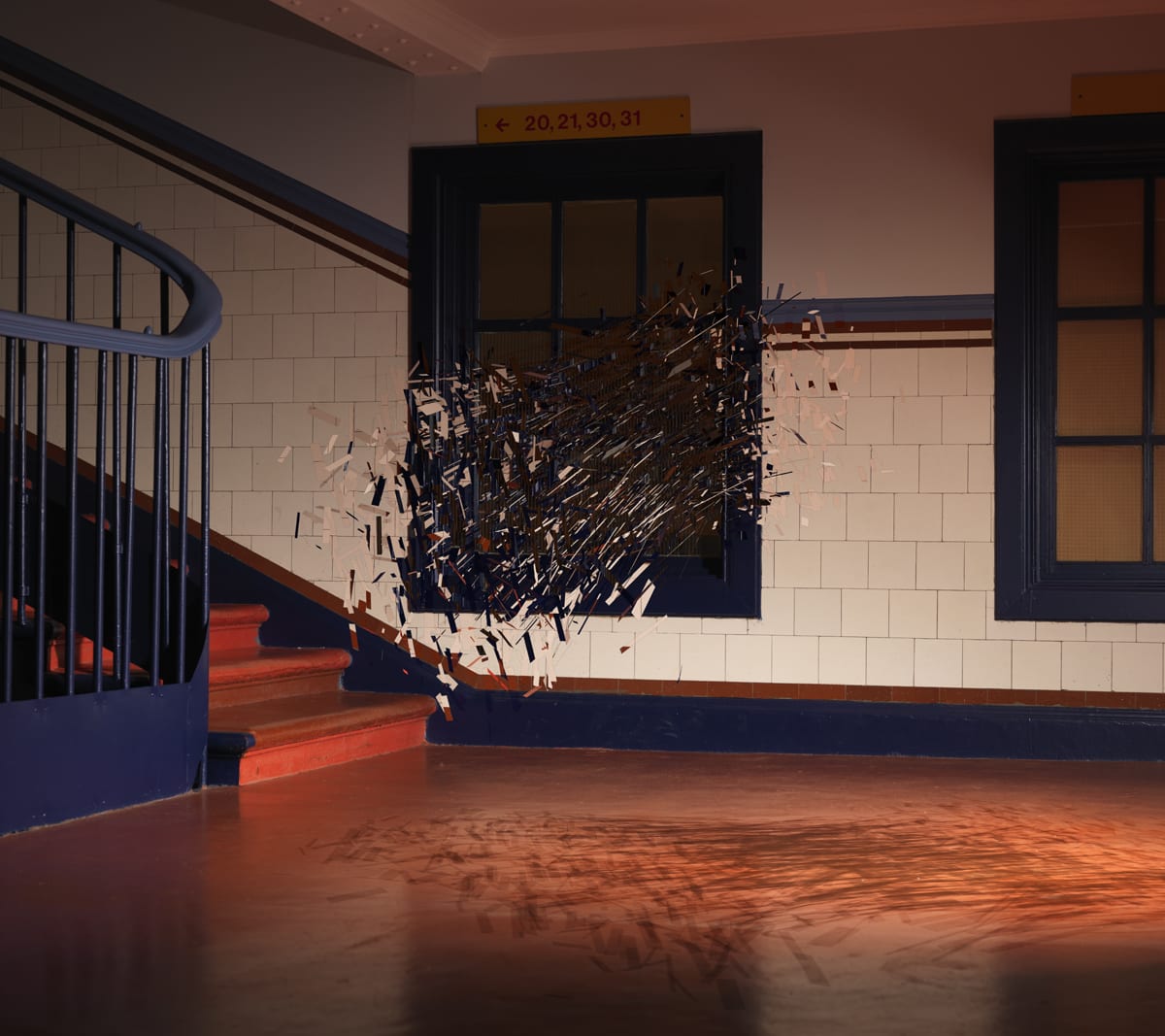
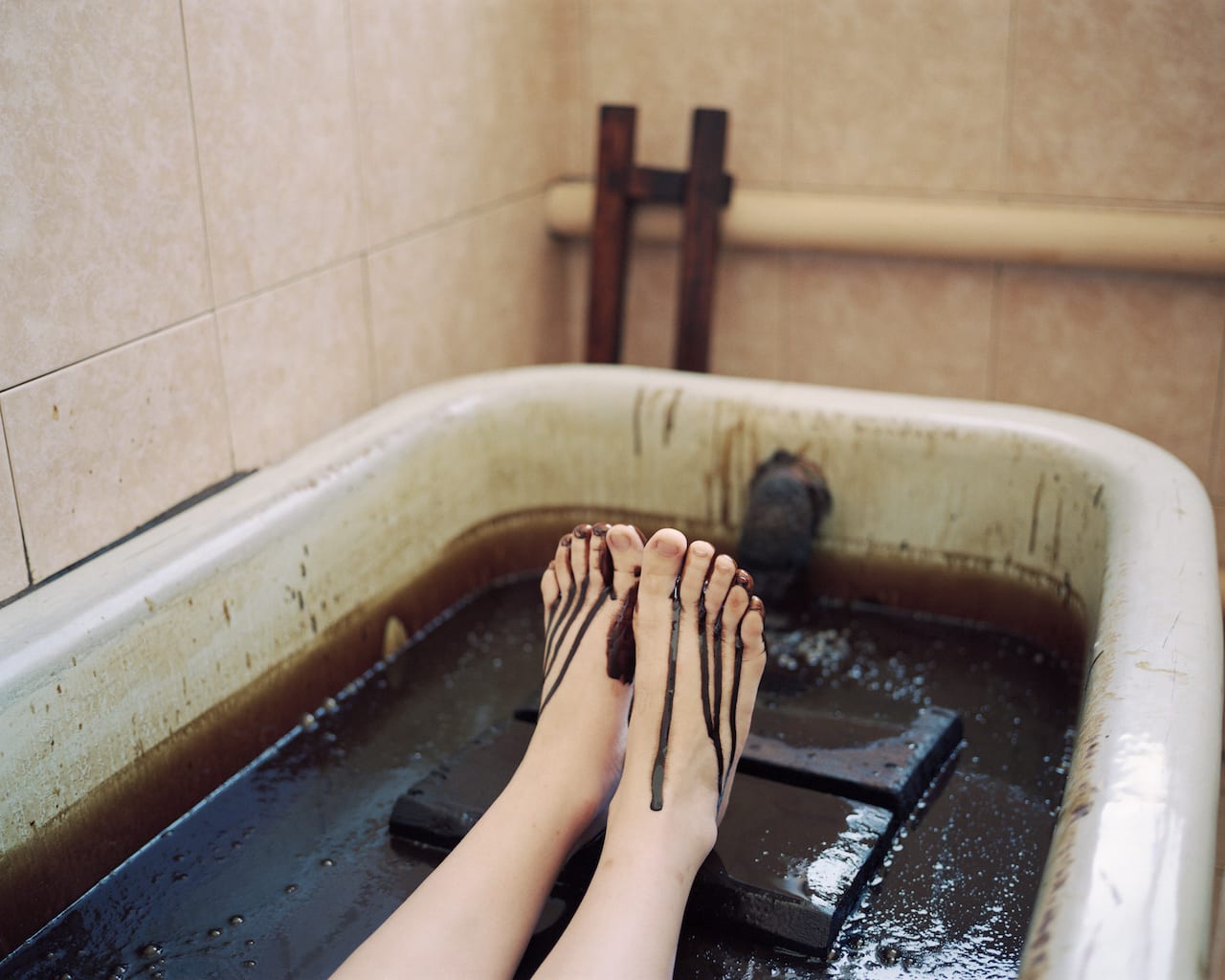
In October Chloe Dewe Mathews is publishing a book titled Caspian: The Elements with the prestigious Aperture (New York) and Peabody Museum Press (Cambridge, MA). In 2011 she won BJP’s International Photography Award with images from her first trip to the region. In 2014 Dewe Mathews was awarded the Robert Gardner Fellowship in Photography by the Peabody Museum at Harvard University to complete the work.
“For me, photography became a solution because I could be independent, spontaneous and more creatively engaged,” she says. “In feature films, you always work within a structure and you have to plan every shoot carefully; I liked the freedom you have with a stills camera. Fine art gives you more independence, of course, but it can also become too self-referential, so I was attracted to documentary photography because it felt more outward looking. I was keen to explore what was going on around me, as well as stepping out into the wider world.”

It’s said that inspiration can be found anywhere, and revelations from otherwise unremarkable moments. It’s this subtlety that London-based photographer Rick Pushinsky has explored in his new work, Powerful Mantras, a set of 10 image-text postcards.
Pushinsky got into the habit of sharing images of the everyday via Instagram stories, which he uses to upload shots he’s taken with his iPhone. “I take pictures of things I find interesting or amusing, and I share them,” he says. “After some time, I started pairing those pictures with slices of text.”
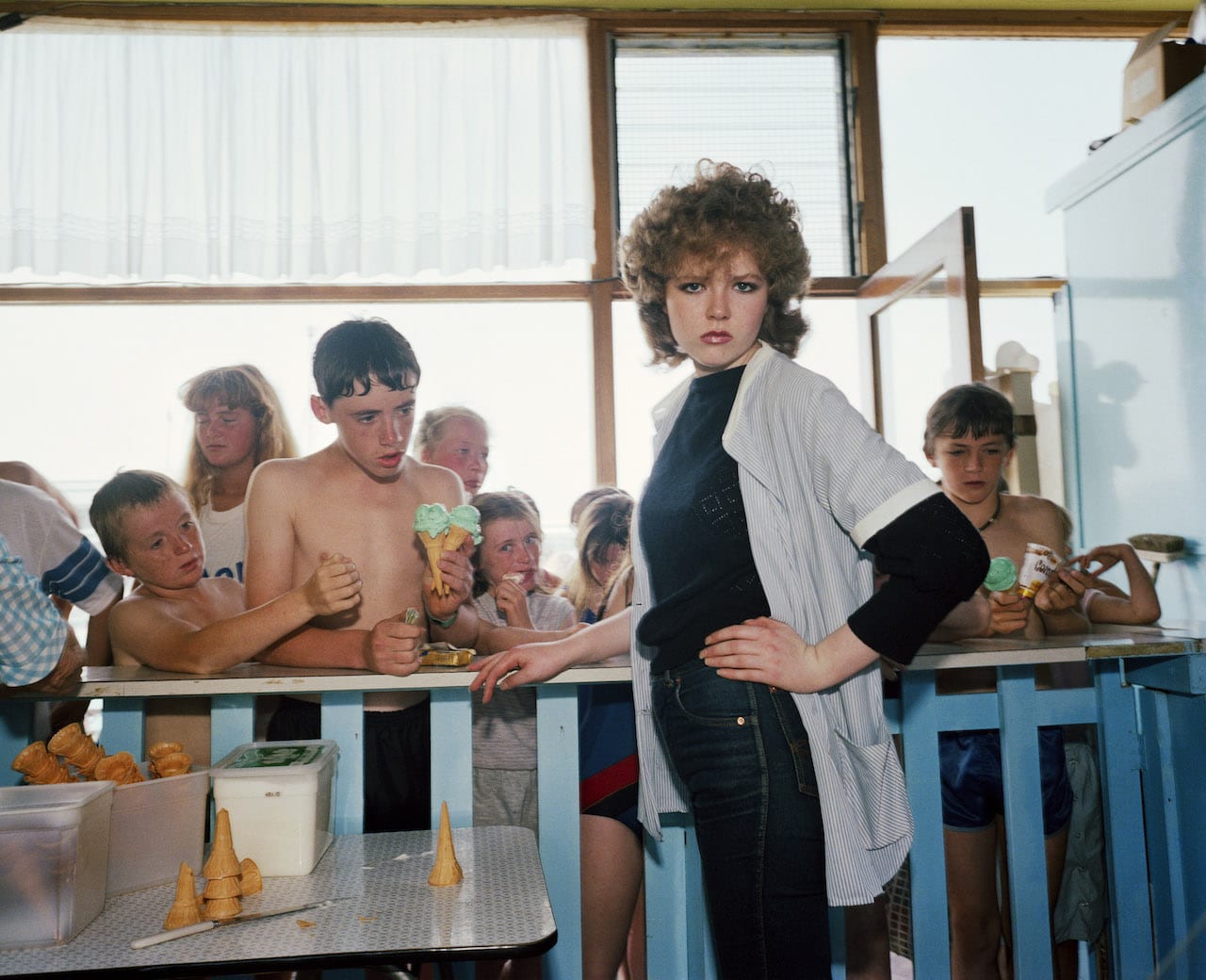
“I was the first to move to New Brighton, and it was by sheer chance,” says Tom Wood. “I studied fine art part-time [a Fine Art Painting BA at Leicester Polytechnic], then went back to the car factory where I had worked before. Then I found a job as a photo technician at the poly [now Wirral Metropolitan College, where he went on to teach], and we moved there in September 1978.”
Thus began a golden age for photography in New Brighton, which lasted until 2003 when Wood moved to his current home in North Wales. In the intervening 25 years, Ken Grant also lived in New Brighton from 1992-2002, studying for a spell at Wirral Met, and Martin Parr was based just 20 minutes away from 1982-1985. Between them the three photographers created a huge body of work on the seaside town, which is based just across the River Mersey from Liverpool in North England.
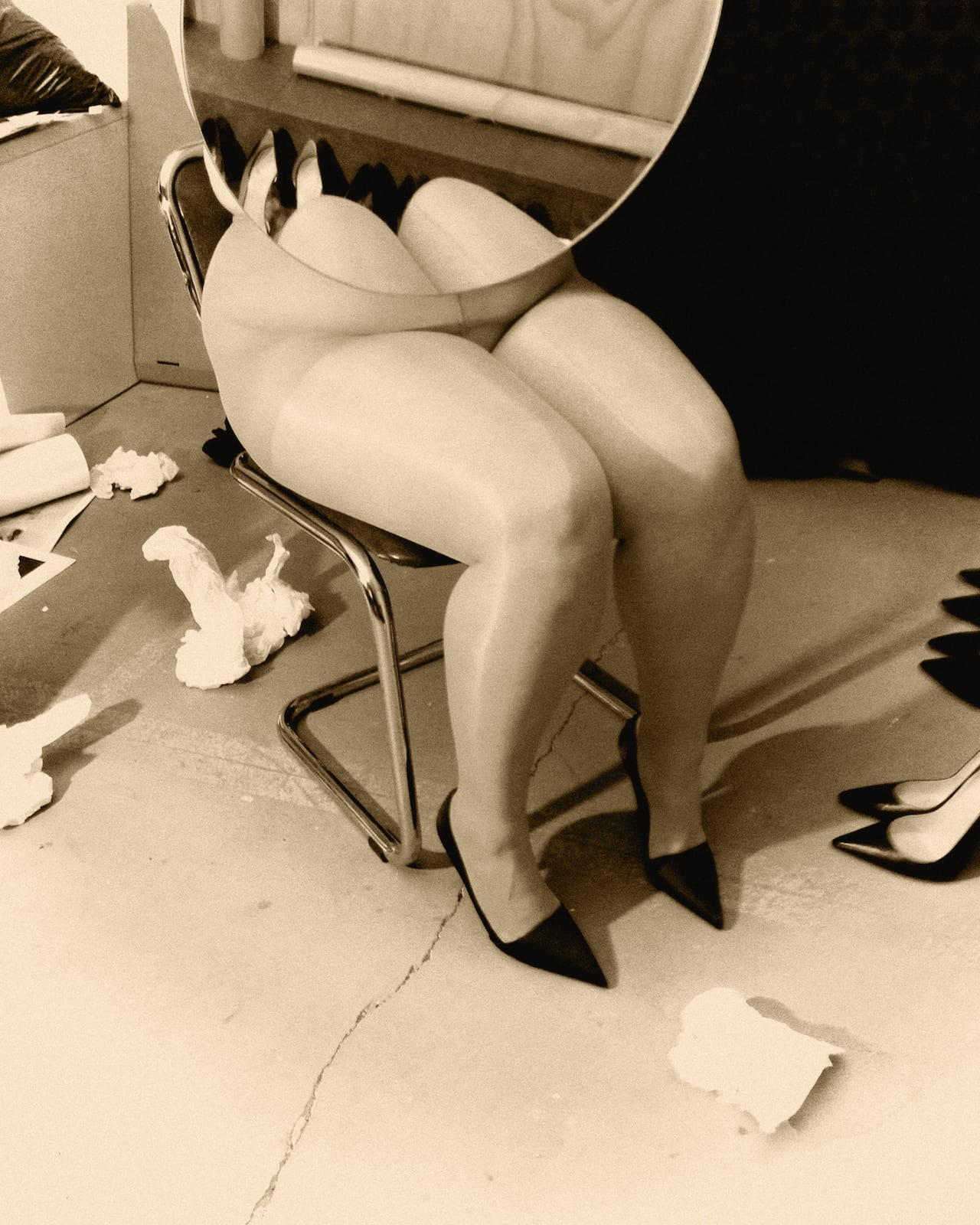
Paul Kooiker’s latest photobook, Nude Animal Cigar, is a peculiar hybrid made up of variations on the three themes revealed in the title. It’s as if the weirdest and most beautiful nudes, mournful animals and mysterious still lifes of cigar butts have been picked out from photography’s 176- year history. But although the images look old- fashioned, they have all been made within the past five years by this contemporary Dutch artist. Applying sepia filters to all the images, he lends the series a vintage and melancholy feel, and by virtue of the treatment knits this motley trio of monochrome motifs together.
“My work is successful if it is about looking, and about photography,” says Kooiker in his studio, located in a quiet street on the southern periphery of downtown Amsterdam. “Ultimately, my work is about looking, and looking is the ultimate act of voyeurism. It makes the work accessible, as everybody is able to recognise himself in this act. It also leaves the viewer confused. What I want to achieve is to make the public feel accessory to the images they witness.”
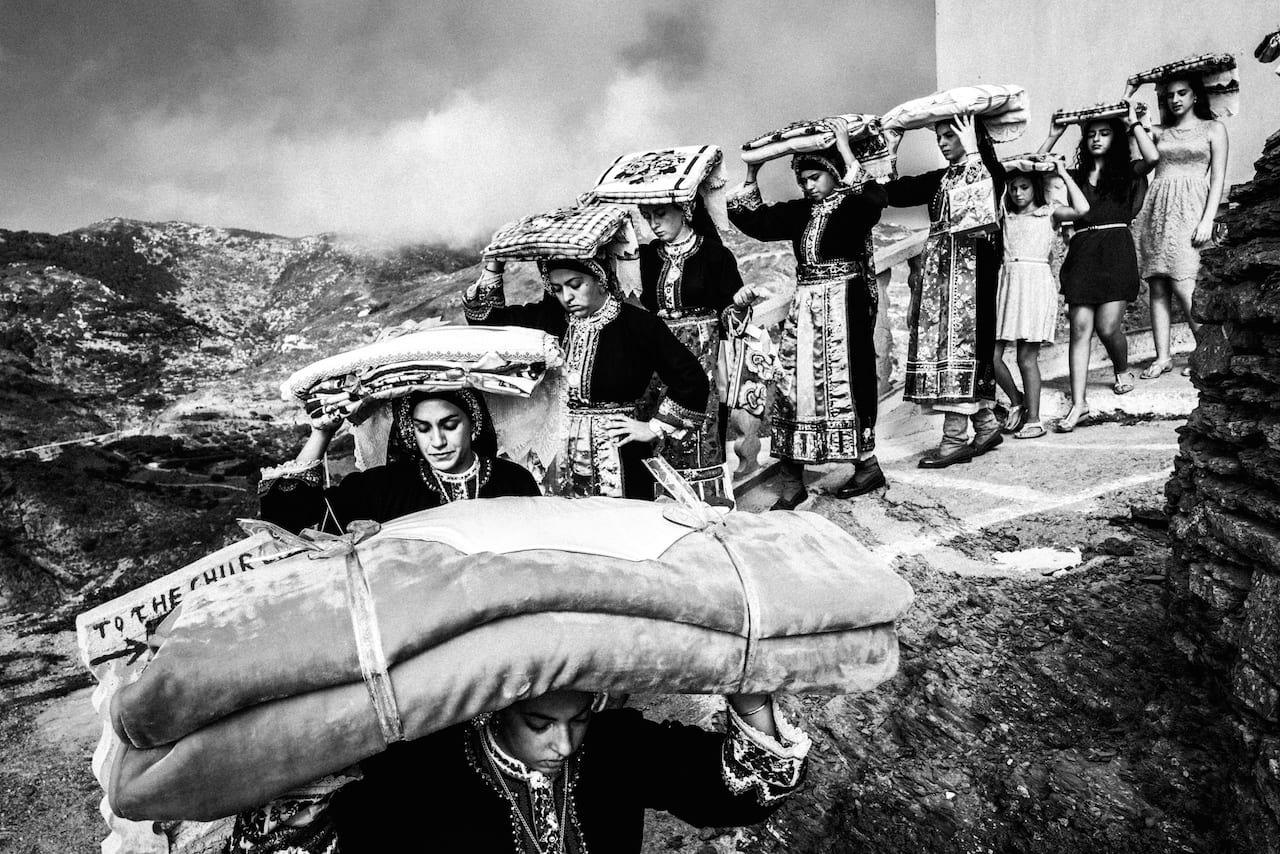
“In many ways Another Europe questions whether Europe is other at all,” says Hamish Park. “While this is not an explicitly political exhibition, I do hope that it will go some way to reminding the audience that we share deep cultural roots which go beyond geographic borders or treaty arrangements, and that what we share is as significant as what makes us distinct.”
Park has just curated an exhibition called Another Europe which goes on show soon around Kings Cross, London, mounted on specially-designed concrete benches. Featuring one photograph from each of the 28 European Union member states, shot by a photographer from the country, it’s been organised by the Australian Cultural Forum London to celebrate both the European Year of Cultural Heritage, and Austria’s presidency of the EU council. It’s also interesting timing for this exhibition in the UK, as the country negotiates Brexit.
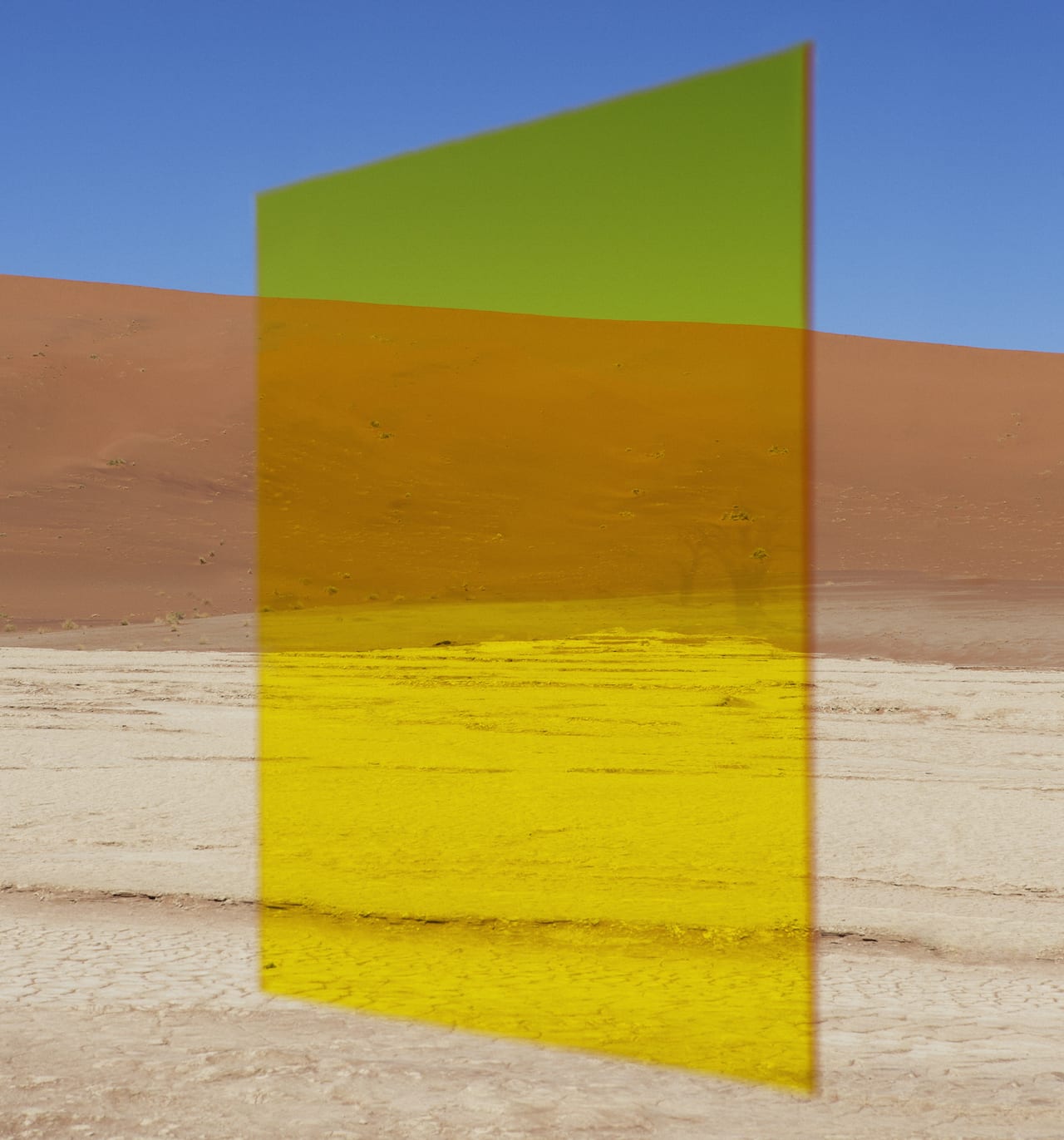
“When I was younger I was jealous of photographers who had their own very personal subject matter and aesthetic. It’s so important to allow yourself the freedom to be truly creative,” says Dutch artist Viviane Sassen. “Experimentation is central to my practice.”
Sassen’s daring and idiosyncratic approach hangs somewhere between fashion and fine art. At the core of her practice is an understanding of the importance of constant experimentation, thus making her images complex, unexpected and disarming. Her works are often an exchange or interaction between different elements, contributing to the tactility and physical quality of images. Colour, shape, powder and paint are just some of the tools she uses as enhancers.

“What’s more American, iconic, and masculine than a cowboy?” asks Kristine Potter. “There is so much control within the military, so I wanted to pivot to a more lawless, unpredictable form of masculinity”.
Coming from a long line of military men on both sides of her family, Potter has long been interested in broadening the spectrum of permissible masculinity. After completing The Gray Line, a project that looks at young male cadets, she started to think about forms of masculinity other than that familiar from her youth.
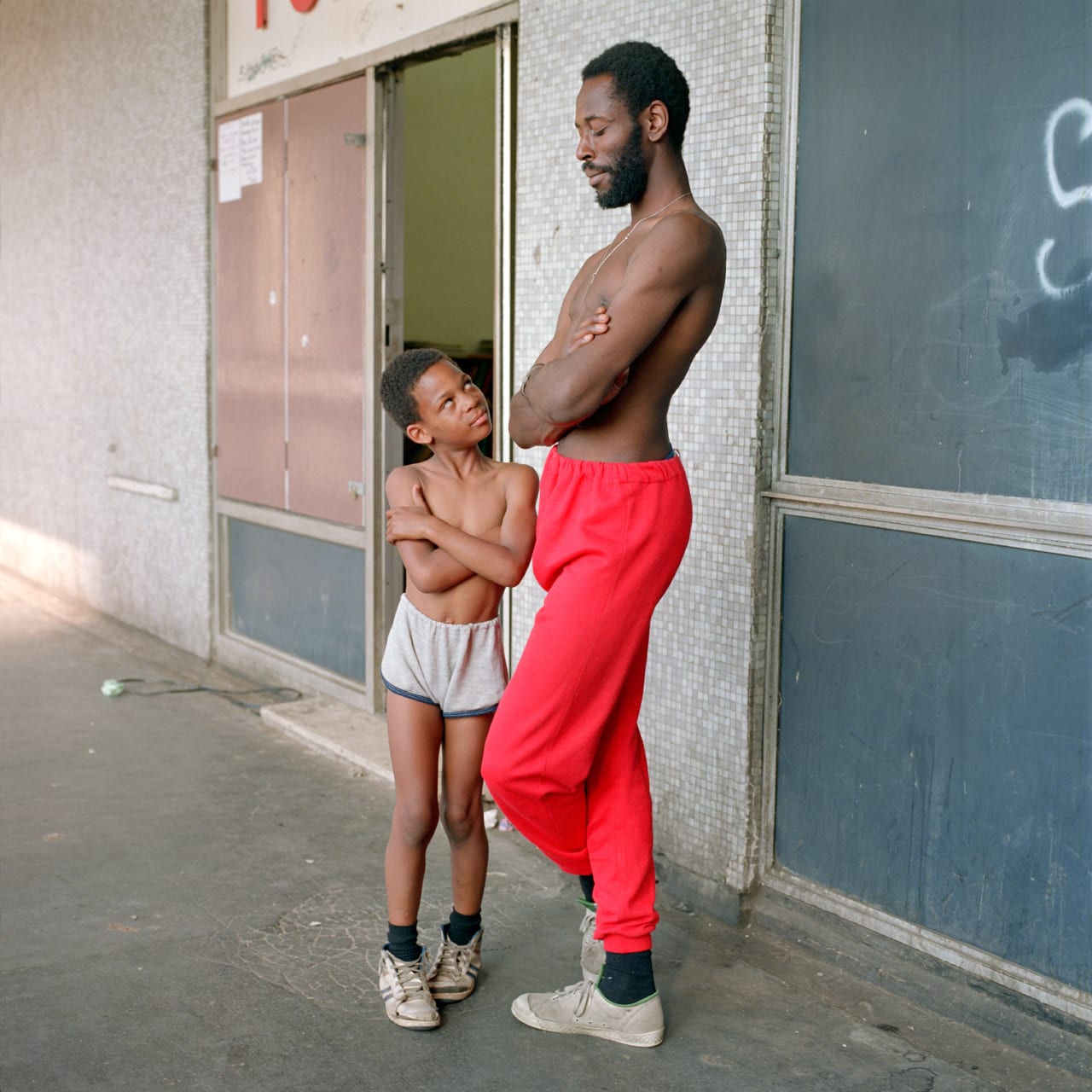
“None of the people I met wanted to move, they were happy there,” says Bill Stephenson, who photographed the last residents of Hyde Park Flats, Sheffield before it was demolished 30 years ago. “The tenants felt like they were being pushed around, they didn’t know where they were going. They loved living in that brutalist housing, it was a special place for them.”
Set on one of Sheffield’s seven hills, the four high-rise flats were once part of Park Hill Estate, at the time the largest social housing estate of its kind in Europe. Built between 1957 and 1961, Park Hill had a deck access scheme considered revolutionary at the time, which provided walkways wide enough for small vehicles like milk cart, and earned the estate the nickname “streets in the sky”.